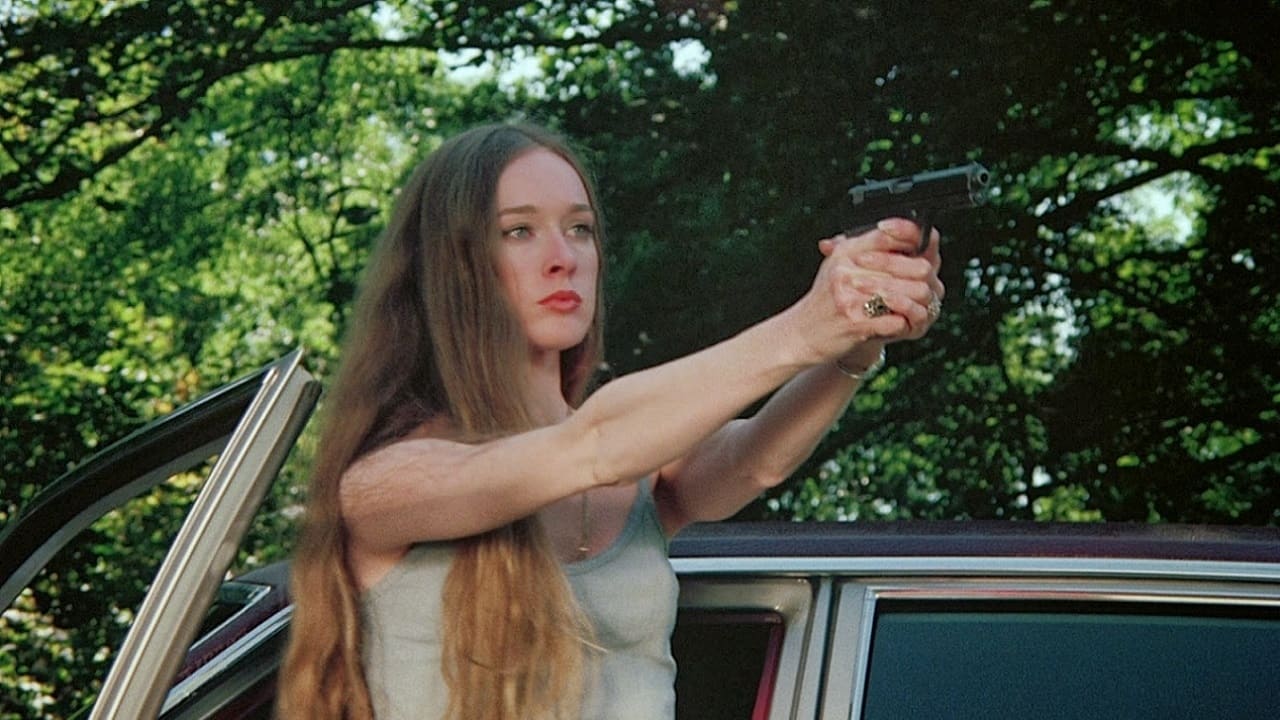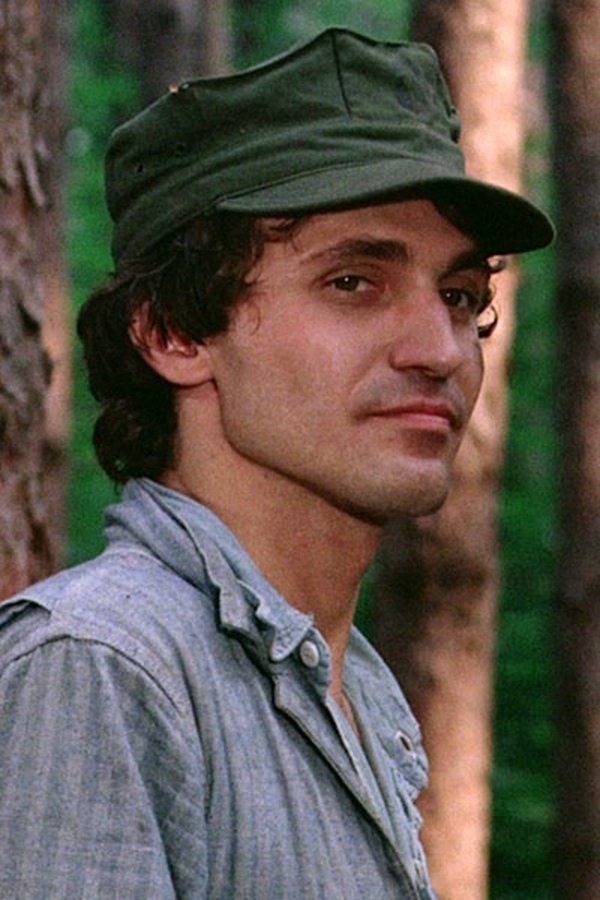TW: Sexual Assault, Body Horror, Animal Violence // Spoilers below
There is no more delicate a topic to portray than sexual assault and, because of its heaviness, it seldom gets the attention and discussion it deserves. However, when it is represented in some capacity, it is usually in an explicit and exploitative way that is both incredibly disturbing and detrimental. Often, it's shown in extremes to shock audiences by mixing taboo and the male gaze for some sinister reactionary experiment (stares at Game of Thrones for embodying all of this). Even in the sub-genre that targets this issue specifically, Rape Revenge Films, there is campy violence used by many of these films to transform the topic into a horror story for men and less an exploration of this widespread pandemic that has been plaguing society since inception. So when Shudder picked up Violation for distribution, I was ultimately skeptical. Is this just going to be a modern-day I Spit on Your Grave or a post-horror, A-24 wannabe about sexual assault? It ended up being both — leaving me disappointed and underwhelmed. It begs the question: what is the point of making films about sexual assault if you’re not bringing a realistic or ignored viewpoint to the forefront?
The film follows a pair of once-close, now estranged sisters whose bond is tested when one of their husbands rapes her sister. The protagonist and victim, Miriam, reverses the roles by murdering her brother-in-law, Dylan. What could’ve been a compelling short film is drawn out into an hour and 42 minutes of stock forest footage, over-color-corrected sequences, and excruciatingly long, redundant, gross-out scenes. There is no tension or fear about Miriam getting caught and you don’t know enough about her to care if it happens. The only thing that is crystal clear is that Dylan is horrible — which was obvious right from the beginning with his hunting obsession and implied slight distaste toward Miriam for “controlling” (?) Greta, his wife. The plot is extremely heavy-handed and tries to make the rape a “reveal”, halfway through the film, which is both insulting and incredibly odd considering both the logline and title make it pretty obvious what the film is about. It could’ve been interesting from a psychological perspective if we were able to be inside Miriam’s mind and feel with her. Instead, it provides the audience a large distance between every character and them - alongside harboring the general suspicion subconsciously that the ensemble unjustifiedly has toward Miriam. The result: a lack of empathy from viewers or vitality from the plot. There is no subversion, winding arch, or even explanation. Just straight, predictable, and disgusting violence.
The characters and acting are just as flat as the film. The wolf eating the rabbit in the beyond obvious metaphor and the spider dying in a cup (again smack in the face) has more range and emotional pull than any of the personages at play. Despite there being lengthy scenes for Greta (Anna Maguire) and Miriam (Madeleine Sims-Fewer) reminiscing about their childhood and father, little is known about them presently and before, besides Miriam being called Greta’s “White Knight” (not subtle whatsoever) and that there was some sort of falling out between the once inseparable sisters. Miriam, herself, is perceived by others to be deceiving and controlling yet, we seldom see her act that way beyond a bit selfish and gives a poor portrayal of sexual assault survivors. Alongside that, the editing jumps between points in the timeline and has viewers confused on what is happening and when it is taking place - making Miriam's account of events start to seem unreliable. Instead of making a statement about how survivors must be heard, regardless of reputation, it enforces the cruel perception of Miriam and gives her a vicious persona by having her kill Dylan (Jesse LaVercombe). However, she regrets murdering him immediately - almost freeing him and puking and crying when she both kills and has to dispose of him. It is just grueling to watch instead of providing a sense of justice or empathy.













